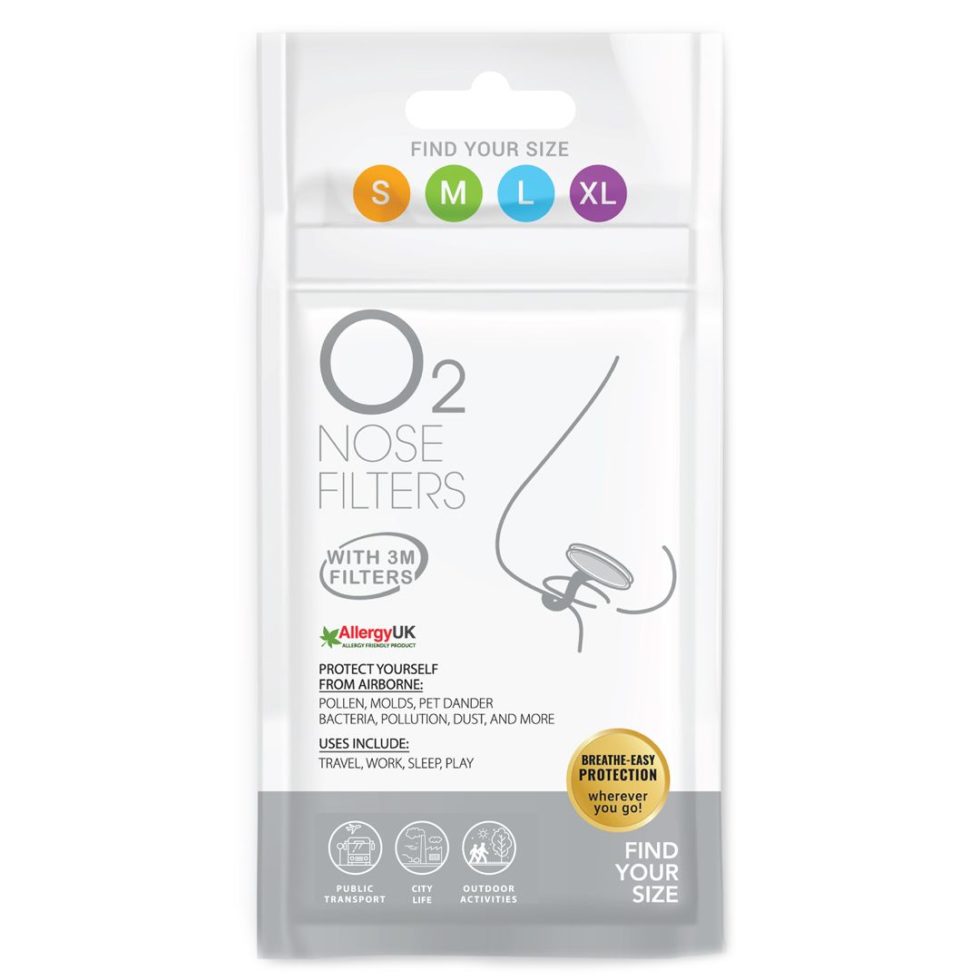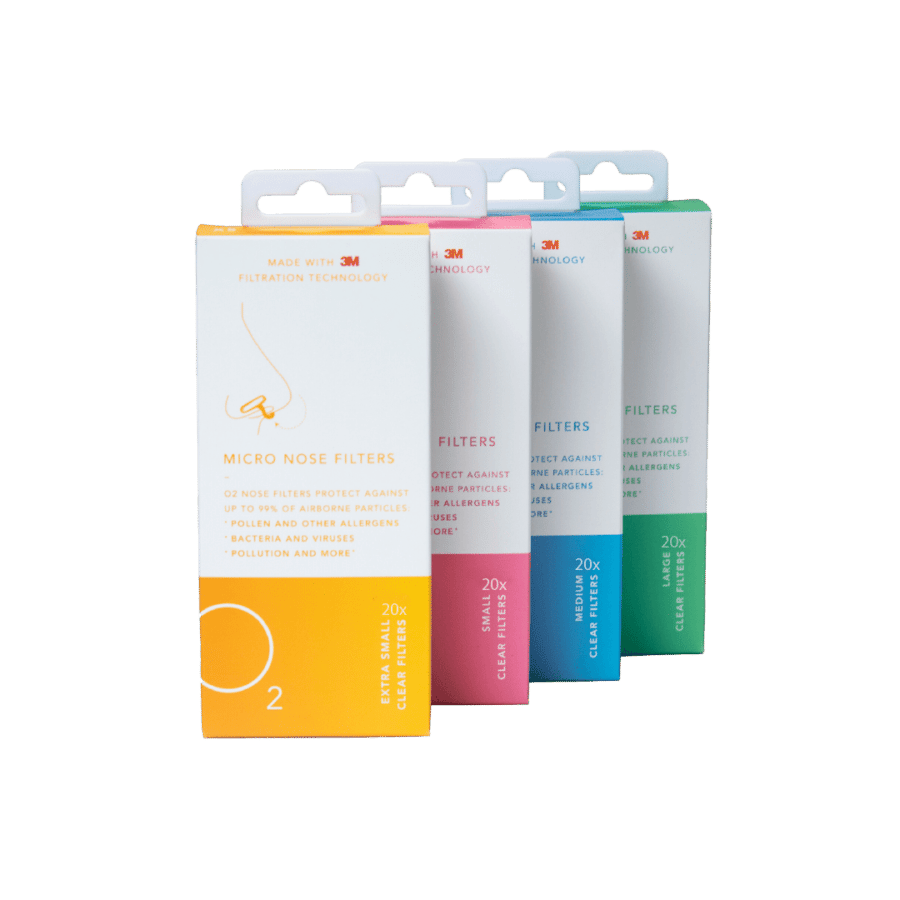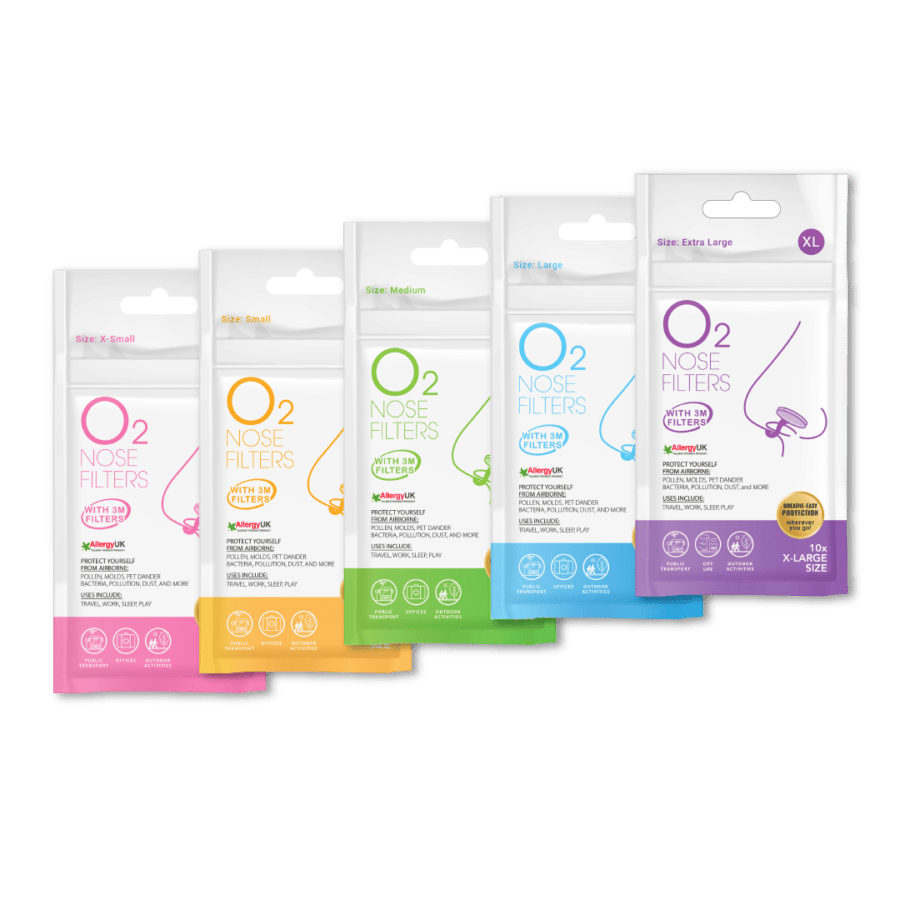The loss of taste, medically referred to as Ageusia, is an incredibly rare condition as roughly only one out of every 1,000 people are reported to have it. Other conditions that may be mistaken for Ageusia include Hypogeusia (a decreased sense of taste) and Dysgeusia (a distorted sense of taste). However, no matter which one of these three conditions you may have, all of them are associated with similar symptoms and causes. Keep reading to learn more about the loss of taste, or a decreased sensation of taste, and how your nose may be more correlated with this condition than you may initially think.
What Causes the Loss of Taste?
Both our sense of taste and smell function due to biological chemicals that work together. Meaning, when we can’t smell our foods, this absence of sensory input affects how we experience taste. When eating meals that we find delicious, these molecules being introduced to your mouth stimulates important receptors in both your nose and mouth which are then sent to your brain. However, when some of these receptors are defective, such as the ones in your nasal cavity, then our sensation of taste is significantly affected.
A whole litany of external circumstances can unfortunately impact and damage our sense of smell. When we sniff something, a molecule released from a substance (such as a flower) will stimulate olfactory cells found deep within the nose. This information is ultimately recognized when our nasal nerve cells send the fragrant molecules to our brain. When something interferes with this natural process, anosmia, or the loss of smell, can be the uncomfortable result. Temporary anosmia can affect people of all ages, although long-lasting loss of smell is much more common among adults over the age of 50. Affected individuals can lose their sense of smell gradually, when familiar scents smell differently as the condition develops, or anosmia can onset suddenly. The most common causes of Anosmia include:
- Nasal Polyps
- Smoking or Alcoholism
- Colds or Flus
- Infections
- Allergies
- Nasal Deformities
When one’s loss of taste isn’t caused from a nasal issue, diagnosing its origin may be a bit more complicated. Certain inherited disorders, such as Alzheimer’s and Parkinson’s disease, are known to impact taste. However, most affected individuals aren’t impacted with Ageusia due to genetics. Most of the time doctors attribute the loss of taste to existing health conditions, lifestyle changes, or nutrition. Listed below are the various contributions that can diminish or alter our sense of taste and smell over time:
- Radiation therapy or other cancer treatments.
- Specific chemical exposures.
- Injuries, especially those related to the brain.
- Gum disease and other oral health issues.
- Certain medications.
- Thyroid issues.
How Do I Treat My Loss of Taste?
While Ageusia is often impacted by a separate condition, it’s unfortunately not always treatable. However, as established, a vast majority of those whom experience a loss of taste don’t have Ageusia. Here are common tactics to either treat, reduce your risk for, or prevent the onset of taste loss:
- Make your oral hygiene a top priority by flossing and brushing your teeth regularly.
- Keep your mouth salivated by staying hydrated and eliminating smoking or alcohol products.
- Focus on healthy foods and make sure you’re getting plenty of vitamin B12 and Zinc.
- Reduce your risk of infections by staying clean and regularly washing your hands.
- If you’re able to, switch medications to determine if your taste sensation returns.
O2 Nose Filters
Many Ageusia symptoms are caused by particulate matter entering your nose, which can lead to allergies or sinus infections. Preventing this process is simple with O2 Nose Filters, which helps you filter the air you inhale. O2 Nose Filters has been proven in controlled studies to help protect wearers from inhaling harmful airborne particles such as bacteria, viruses, dust, exhaust fumes, and other pollutants. Independent laboratory tests demonstrate that 3M’s Advanced Electret Media in O2 Nose Filters block 90% of particulates at PM10 and 65% of particulates at PM2.5. Additionally, O2 Nose Filters are comfortable to wear due to their latex-free design and medical-grade Thermoplastic Elastomer (TPE) materials.
3M’s patented AEM™ (Advanced Electret Media) filter technology relies on the principles of electrostatic attraction. The high capture ratios and extended breathability attributed to 3M’s AEM™ material allows airborne particles to be captured within the filter. Rather than using a ‘screen’ approach to block the passage of particles, the charged fibers act as ‘magnets’ to retain particles while still allowing air to pass through, making O2 Nose Filters both breathable and effective.
O2 Nose Filters provides inexpensive and effective security to protect people from harmful airborne diseases. While our nasal passageways try their best when it comes to filtering harmful particulate matter, they aren’t perfect. That’s why O2 Nose Filters are such an effective solution when it comes to improving our mental and physical health. Nose filters are a discreet, effective option to protect against airborne viruses and bacteria. The O2 Nose Filter uses 3M’s patented AEM™ electrostatic technology to capture allergens, viruses, and other particulates, making them a valuable tool for anyone who wants to reverse their loss of taste.
-
O2 Nose Filters Sizing Pack$3.95
-
O2 Nose Filters | 20 Pack$18.95
-
O2 Nose Filters | 10 Pack$10.95 — or subscribe and save 10%






